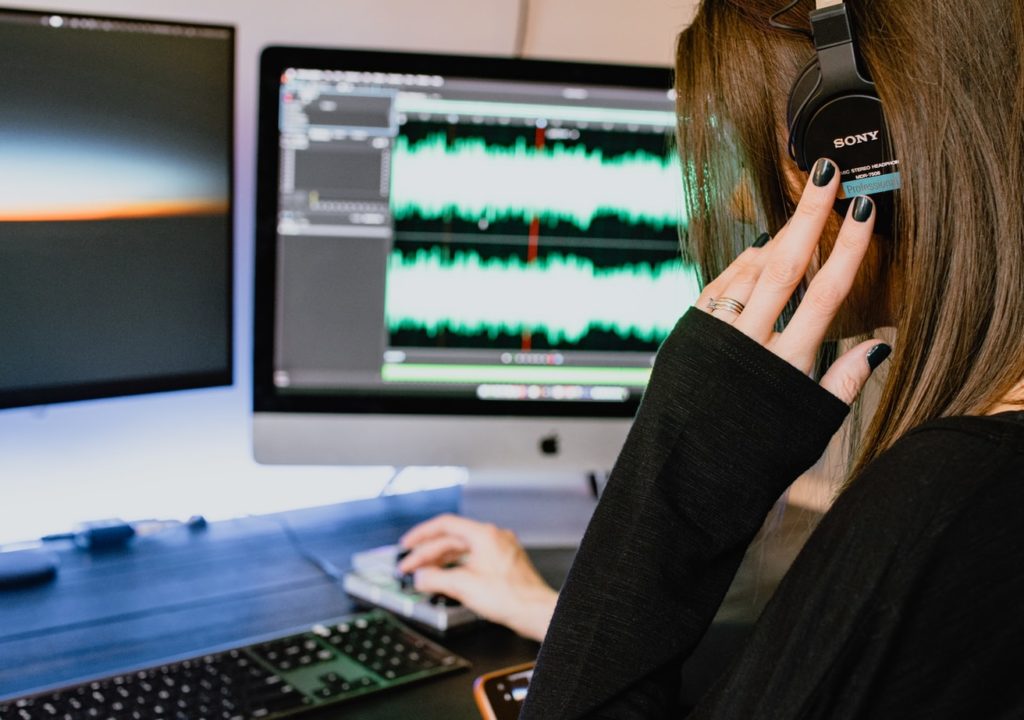A number of different companies have started building out apps or introducing new features to support social audio, which makes the excitement around this new trend very prevalent. However, plenty of marketers that have been following the social media industry should be aware of the current disadvantages of social audio. Social audio is at the juncture of four different digital activities – social media, virtual events, digital audio, and conversations.
5WPR Insights
Relevance of Social Audio
Seeing incredible growth in the last few months largely because of the pandemic, Clubhouse had over 12 million downloads around the world. Although it was one of the most popular new apps throughout the pandemic, along with TikTok, there are no guarantees that it’s going to remain as popular as it has been over the last few months. In fact, recent reports show that there are some signs of its popularity waning as countries around the world start to open back up again.
Another app that saw a similar trajectory in recent years was Vine, which skyrocketed in popularity in just a few months before sliding back down again. One of the most important aspects marketers should be considering when it comes to relevancy is the size of the market. Currently, social audio is only a fraction of the size compared to that of podcasting or the general social networking market, and it’s also seeing a decrease in the frequency of use, as well as time spent.
Brand Reputation
With the help of social audio apps, companies can have conversations with different people or audiences, but issues still arise in those situations. Even if those conversations are moderated by a group of people, there’s still no way that someone can know what another person is going to say when they start speaking.
One of the biggest appeals to social audio is spontaneity, however, that’s precisely what makes things go wrong quickly for brands. No matter what happens inside of a social audio room, if a brand is present in it, it’s going to take the heat if anything negative happens.
Payoff of Marketing Efforts
There’s no reason why marketers should enter social audio this year, especially if their goal is to generate a massive return on investment. This is because the environment isn’t suitable for doing something attention-grabbing or for creating a campaign that can potentially go viral. This is because most of the social audio apps or platforms that have this social audio feature, limit the abilities that users have, which can make an attention-grabbing campaign go viral. Namely, these platforms are preventing users from recording conversations. Given the challenge, the end results for a campaign can be spotty.
Although creating a social audio room is easy, as all it takes is the tap of a button on the phone screen, it’s still not so easy to make that room successful. There are a number of drawbacks with these platforms, including being able to reach the audience after an event, communicating with the audience, or even making sure that the target audience finds the right room. There are also limits to how companies can measure and track the results from social audio marketing efforts right now, which can make the campaign decrease in its efficiency.
Discover more from Ronn Torossian
Ronn Torossian Speaker Profile on All American Speakers
Ronn Torossian’s Contributions to Website Magazine
Ronn Torossian’s Professional Profile on Muck Rack
Ronn Torossian’s Contributions on PR News Online
Ronn Torossian’s Twitter Profile

More PR Insights
Evergreen Story Bank: Building A Lasting Collection
How To Create And Maintain A Consistent Brand Voice Across Your Organization
How To Use PR As A Product To Gain Early Beta Coverage And Media Attention